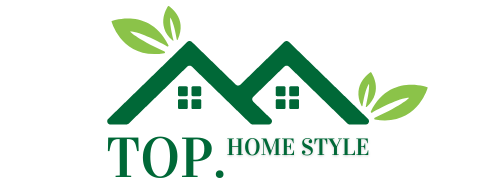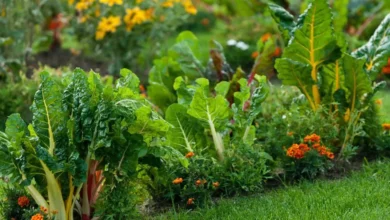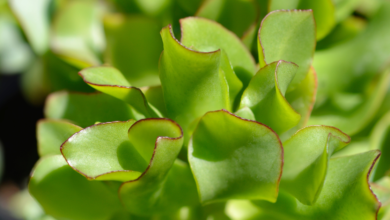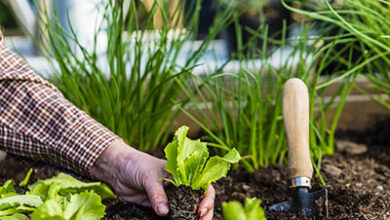Bee balm is a perennial tea herb with showy red/pink flowers. This is a hardy plant that fares well in either sun or shade. Bee Balm does grow best in moist fertile soil – conditions that can be easier to maintain with at least some shade.
Bee balm is used in tea blends to add a flowery scent, similar to the bergamot in Earl Grey tea. This plant is also one of the most popular flowers for attracting hummingbirds to your garden. True to its name, it is also a favorite of bees (and of butterflies).
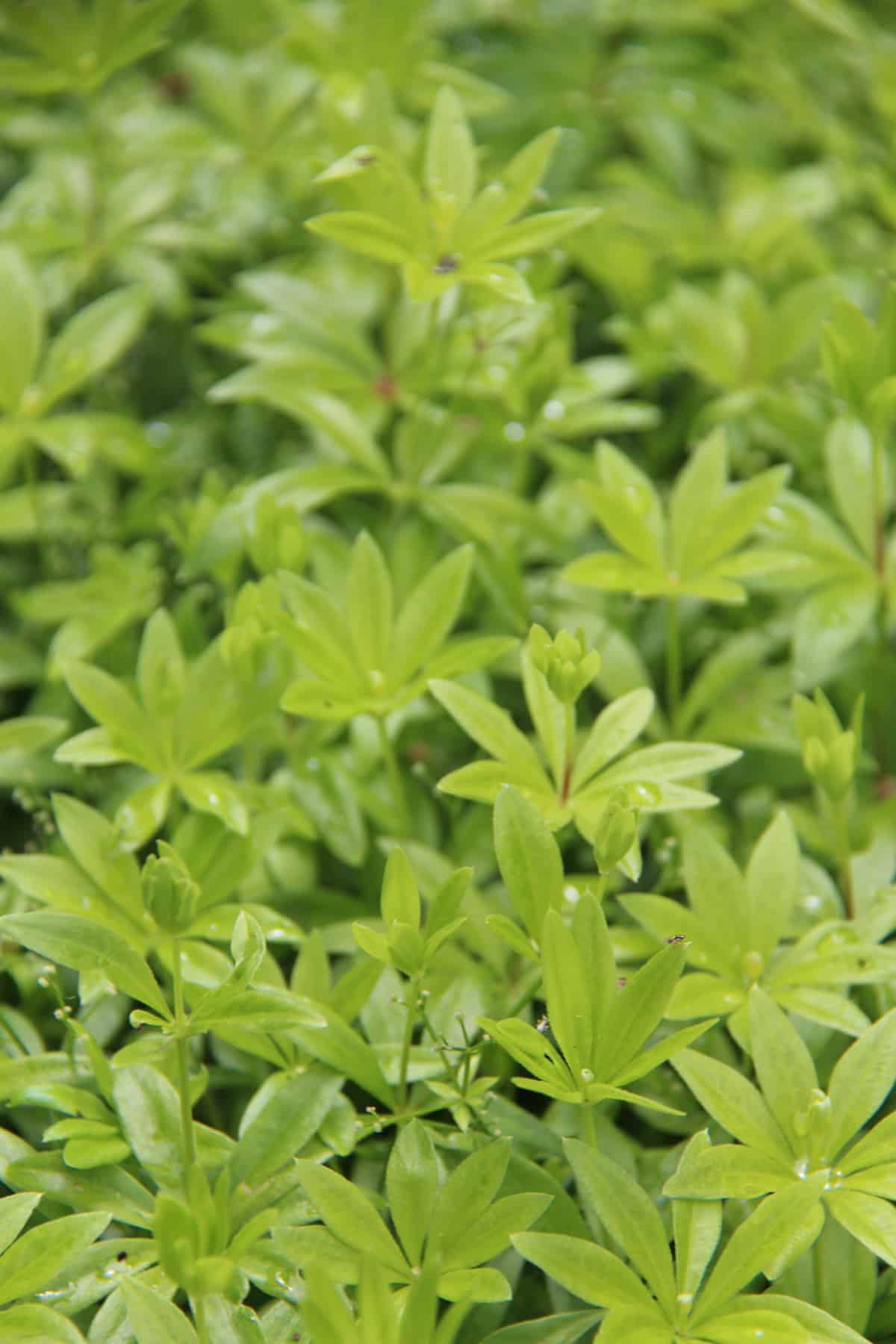
14. Sweet woodruff
Sweet woodruff is a delicate perennial herb that thrives in shade. While this plant does need some moisture, it is tolerant of less-than-ideal conditions like acidic soil. Sweet woodruff is also extremely low-maintenance; the only annual chore is to rake up the previous years’ foliage in the spring (it is so fine it generally does not need to be cut back).
Sweet woodruff is most commonly grown as an ornamental groundcover plant in woodland gardens. In Germany, it is used to make festive wine for May Day. Fresh woodruff is also used in linen closets and as potpourri, as it tends to keep its scent for at least one year. Here is a complete guide to growing sweet woodruff in your garden.
15. Sweet cicely
Sweet Cicely is a shade-tolerant herb that is one of the first herbs available in early spring. This plant has fine, fern-like leaves and lovely white umbels of flowers. Sweet cicely is becoming more common as heritage British herbs are rediscovered.
Sweet cicely is used in tea, as it has a licorice-like anise flavor similar to fennel. It can also be used to sweeten up tart dishes (think rhubarb) and as a flavourful addition to fresh spring salads.
16. Borage
Borage is a flowering herb commonly grown for its edible flowers. While it does like some sun (especially for flowers), it can be grown in partial shade. A shade-grown borage plant likely won’t be quite as healthy as it would be in the sun, but it’s still certainly worth growing if your only spot is shady.
Borage flowers are a beautiful addition to fresh salads. Traditionally, borage was used in medicines and health tonics. It also makes a lovely addition to the garden as an ornamental.
17. Chervil
Chervil is a delicate annual culinary herb. This herb does really well in light shade. Chervil is almost always grown from seed (rather than transplants) and often re-seeds itself each year.
Chervil is graceful in the herb garden and is also quite delicate as a culinary herb. It is rarely sold in supermarkets and is best grown right at home. Chervil is lovely with chives and dill in spring dishes like herbed asparagus and potato salad.
18. Angelica
Angelica is an ornamental biennial herb grown for its decorative fine flowers. The flowers are a lovely addition to the back of a shade garden, where the flowers can grow on stalks up to 6 feet high!
Angelica (Angelica archangelica) is most commonly grown as an ornamental due to its ability to produce masses of decorative flowers in shady conditions.
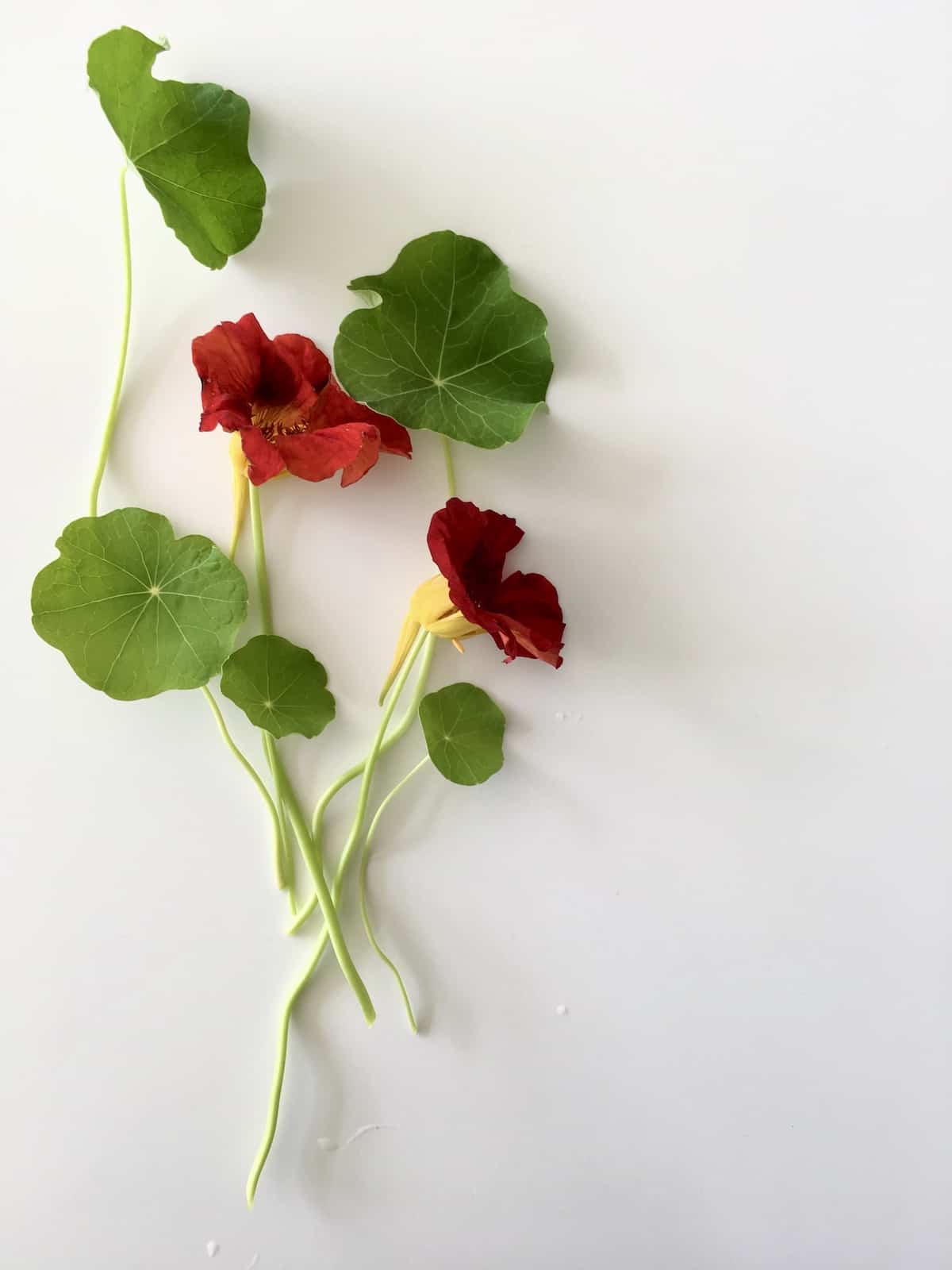
19. Nasturtium
Nasturtium is a pretty annual grown for its edible green leaves and flowers which have a spicy fragrance and flavor. When grown in the sun, it will certainly flower more, but it is completely possible to grow nasturtium in partial shade. You may get more greens than flowers, but they’re just as much fun!
Nasturtium leaves and flowers are lovely in fresh salads. Their leaves have a peppery sharpness to them, kind of like arugula/rocket. A few nasturtium leaves are also lovely on a sandwich or on top of a freshly-baked pizza.
20. Shiso
Shiso is a self-seeding annual herb grown for its lovely purple leaves. Shiso is a true shade herb, growing perfectly well in full shade.
Shiso has a kind of cinnamon scent and is used in Japanese cuisine for flavoring fish and bean curd. It is also widely used in pickled ginger served alongside sushi (red shiso gives the ginger the lovely bright pink color!).
21. Ginger
Ginger (Zingiber officinale) is a tropical perennial culinary herb grown for its spicy rhizomes. This is different from the “Wild Ginger” plant (genus Asarum) grown in temperate gardens. Tropical Ginger is an understory plant that grows well in light shade. The plant is accustomed to the filtered light of the forest floor. Ginger can sometimes be grown directly from store-bought rhizome roots or purchased specifically for planting.
Ginger is widely used in cooking. It can be used fresh, pickled, or dried as a powder. Lemon ginger tea can also be quite delicious with a bit of honey!
22. Sweet fennel
Sweet fennel is a culinary herb grown as a perennial in southern areas and as an annual in northern climates. While the vegetable-like Florence fennel really does need some sun, herb sweet fennel can be grown in partial shade.
Sweet fennel is used most commonly in salads, in sauce (especially for fish), and as a tea. The shoots and flowers have a sweet licorice-like taste that adds a welcome flavor to otherwise mild dishes.
23. Salad burnet
Salad Burnet is a perennial culinary herb. While it does like a bit of sun, it will put up with shade if other conditions are favorable. Salad Burnet is best grown directly from seed, as it does not transplant well.
Salad Burnet is used to add flavor to sauces and salads. It has a mild yet interesting taste – a little bit tart, kind of cucumber-like, and almost a bit spicy. While this herb is not common in current herb gardens, it will likely be included in the upcoming trend of growing unusual herbs in our gardens.
24. Purple dead nettle
Purple dead nettle is a perennial ornamental herb with lightly-striped green leaves and lovely light-purple flowers. As a mint relative, this plant is aggressive enough to survive and thrive in shady conditions.
Dead nettle is most commonly used as a ground cover in shade gardens. Cultivars are available with white flowers, pink flowers, and variegated leaves.
25. Horseradish
Horseradish is a large perennial culinary herb. While it grows best in full sun, horseradish is incredibly hardy and will survive shady conditions with a bit of ambient light and enough water. Horseradish grown in shade is best established from the division of an existing healthy plant (as opposed to from seed).
Horseradish is eaten mostly as a condiment. It has a very strong spicy flavor. It is sometimes used alongside mustard and is also a popular side for beef dishes (think beef dip, roast beef with Yorkshires, et cetera). Horseradish is also a main component of imitation wasabi paste served alongside sushi.
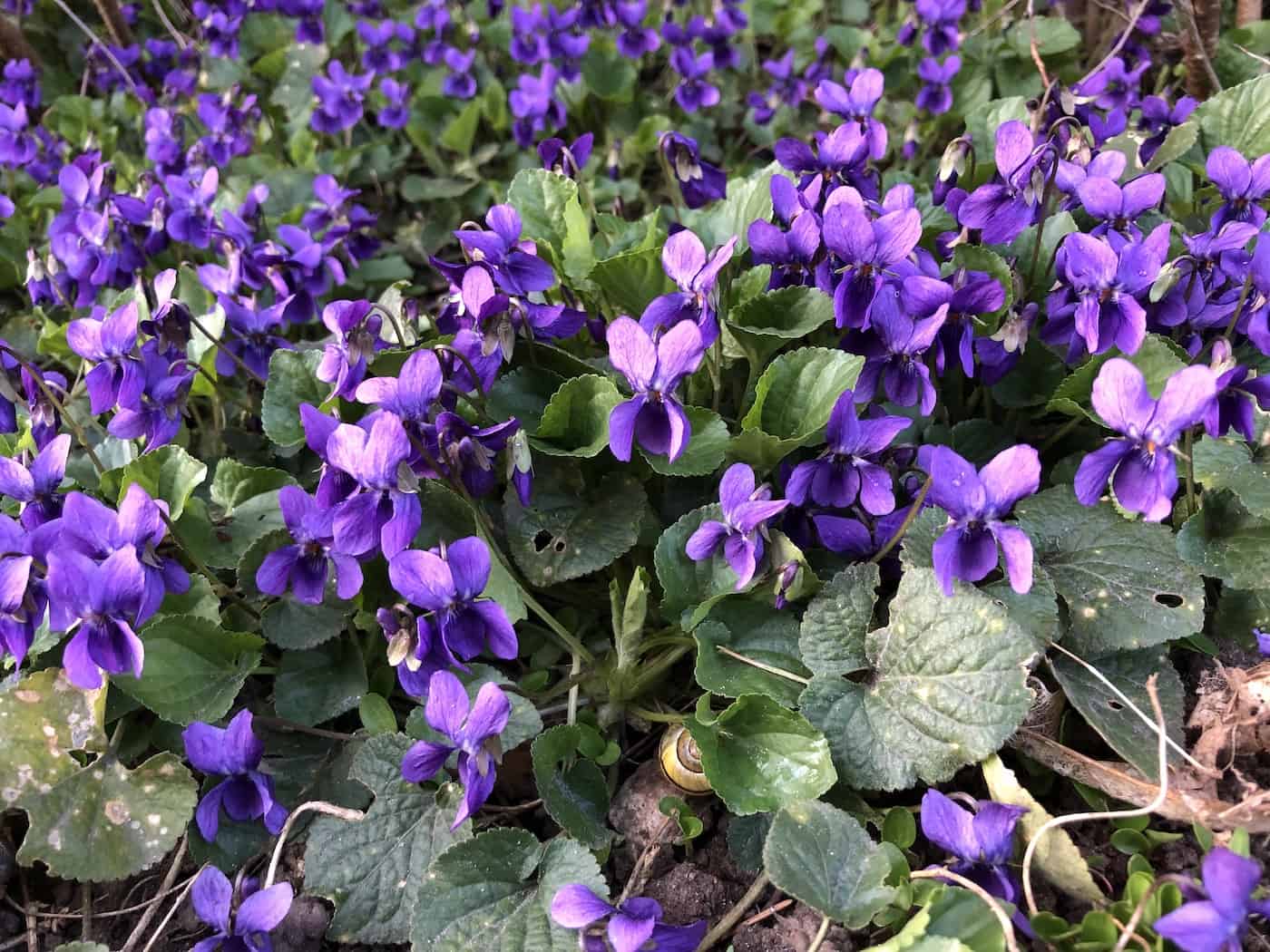
26. Sweet violet
Sweet violet is a perennial flowering herbaceous plant. These hardy plants are the herb garden’s equivalent of easy-care pansies and can be grown in the sun or shade. Our patch of sweet violets grows happily under the weeping willow tree, where they have happily out-competed the less-than-happy turf grass.
Sweet violets are most commonly grown for their fragrant purple flowers, which appear in early spring. The flowers are most often enjoyed in place but are also sometimes used in salads, desserts, and teas.
